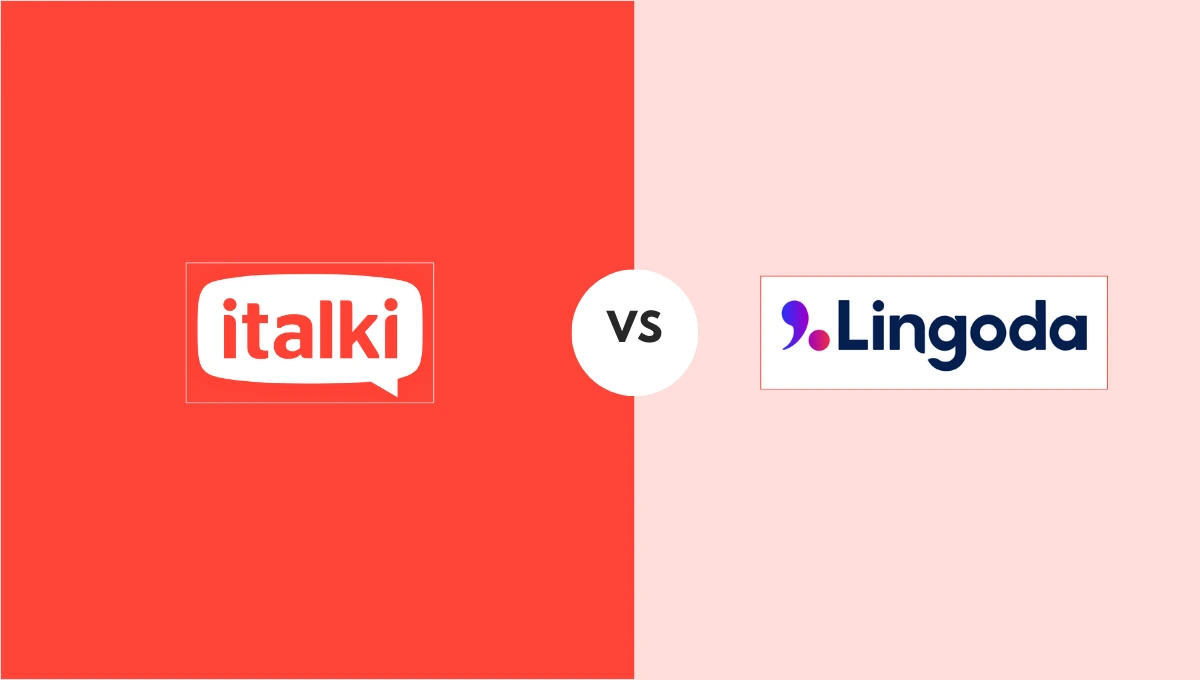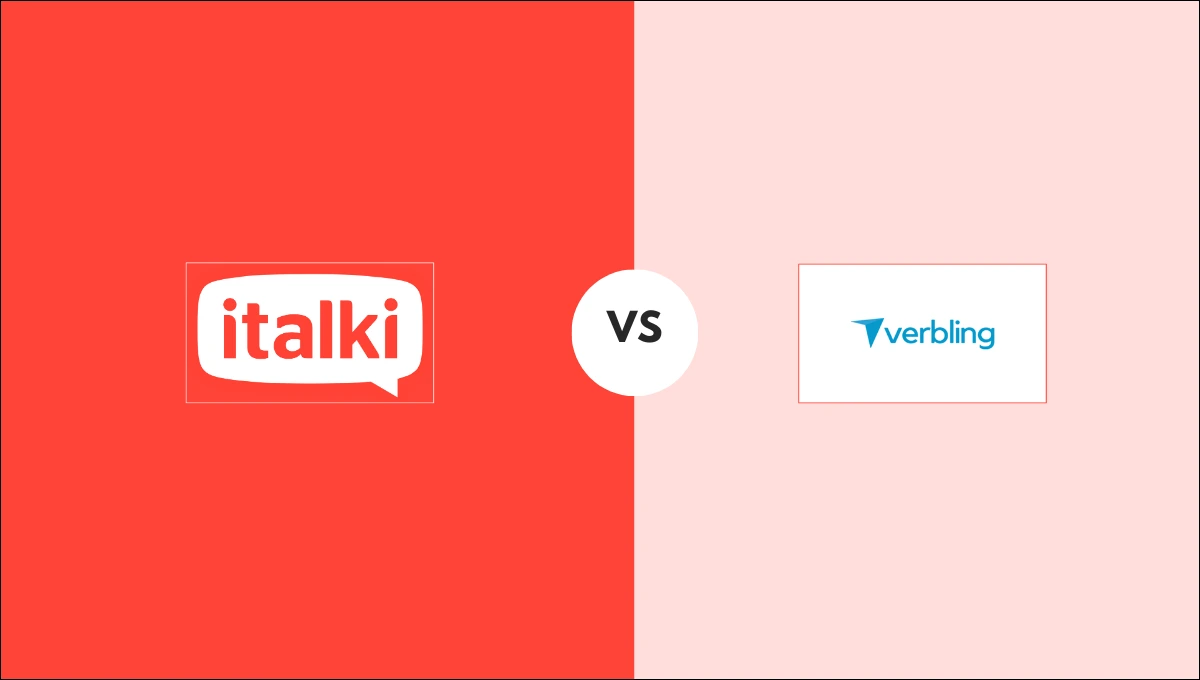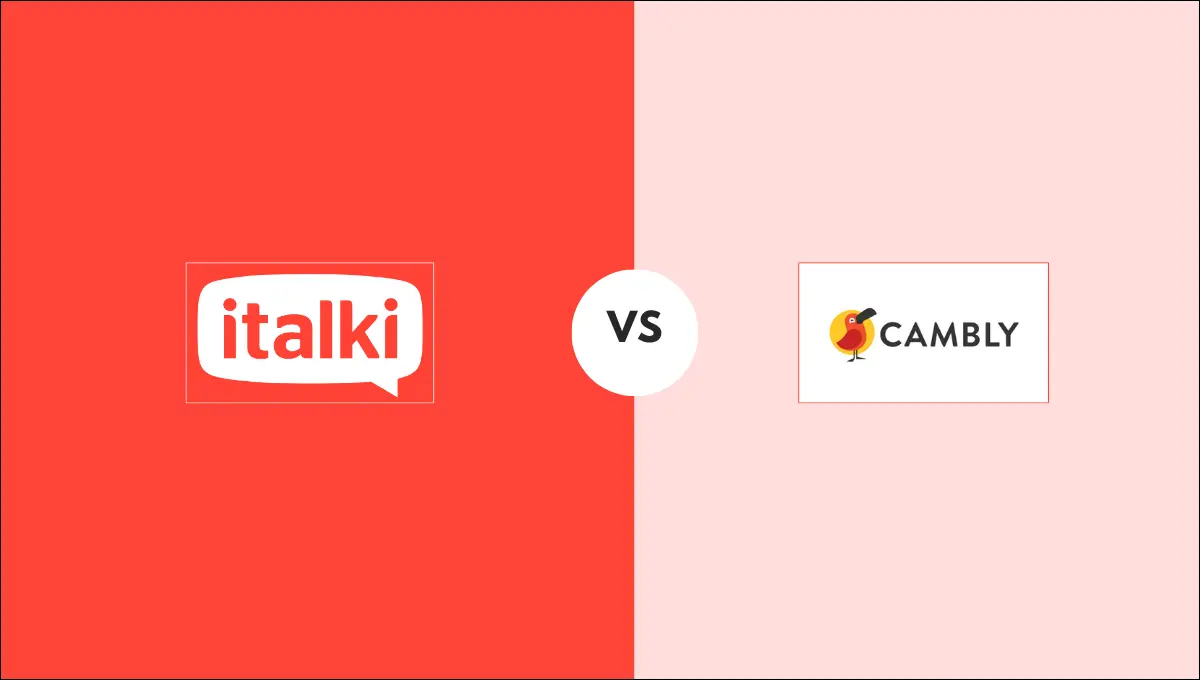The question mark turned upside down denotes the start of an interrogative sentence or clause. Spanish questions begin and finish with a question mark, much like English inquiries do. This makes it considerably simpler to determine the start and finish of a Spanish question.

Asking a variety of questions in Spanish will be made easier when you use this mark correctly, including:
- How are you in Spanish?
- What is your name in Spanish?
- Where is the bathroom in Spanish?
- What time is it in Spanish?
- Where are you from in Spanish?
The purpose of Spanish question mark
Because the Spanish question structure doesn’t differ from the indicative (or statement) structure, the language employs an inverted question mark. This implies that until the reader reaches the question mark at the end of the sentence, they will not be aware that a sentence is a question. Therefore, you can tell immediately that you are dealing with a question because of the inverted question mark at the beginning of the text.
Look at how the following statements and questions compare in Spanish and English. Because of the altered sentence structure in English, you’ll notice there’s no need for an upside-down question mark to indicate to readers that what they will read is a question.
| English | Spanish |
| You have food. | Tienes comida. |
| Do you have food? | ¿Tienes comida? |
| She has graduated from college already. | Ella ya se graduó de la universidad. |
| Has she graduated from college already? | ¿Ella ya se graduó de la universidad? |
| They’re all going to Juliana’s party on Saturday. | Todos ellos van a ir a la fiesta de Juliana el sábado. |
| Are they all going to Juliana’s party on Saturday? | ¿Todos ellos van a ir a la fiesta de Juliana el sábado? |
The above Spanish examples demonstrate that there is no apparent shift in meaning from indicative to interrogative mode. It would be impossible to tell if something was a question without the proper punctuation! Learning such details is necessary to write Spanish properly. We also suggest you learn typing Spanish accents to understand language concepts and details.
How do you use Spanish question marks?
It’s really simple to use the question mark inverted. You won’t have trouble knowing how to use an inverted question mark in Spanish if you’re already accustomed to utilizing them at the end of sentences. All you have to do is put one at the start of a question!
Here are a few instances:
| English | Spanish |
| What’s your name? | ¿Cómo te llamas? |
| How are you? | ¿Cómo estás? |
| Who is she? | ¿Quién es ella? |
One of the best ways to learn Spanish is to practice it as much as possible. Follow the examples mentioned above and try to make the new ones. The more you practice, the more you get accustomed to this new concept.

Using the upside-down question mark in the mid-sentence
If you speak Spanish more frequently, you may have come across several sentences that change from statements to inquiries in the middle. If so, you can begin your phrase with the upside-down exclamation point.
When a sentence contains only one questionable clause, this is a rather regular occurrence. A clause can stand alone or be joined with other clauses to form a whole sentence. It is a section of a sentence that has a subject and a predicate. Let’s explore the following example:
- Yo me llamo Marco, ¿tú cómo te llamas?
We have two clauses in this example: Yo me llamo Marco (My name is Marco) and ¿tú cómo te llamas? (What’s your name?). Remember that the second clause is an inquiry, whereas the first clause is just a statement. Because the first clause is indicative rather than interrogative, applying an upside-down interrogation mark at the beginning of the phrase would be inappropriate.
Let’s look at some other examples:
| English | Spanish |
| I want to go to the store to buy something to eat, do you want me to bring you anything? | Quiero ir a la tienda a comprar algo de comer, ¿quieres que te traiga algo? |
| We’re going to dinner at a restaurant, where do you recommend we should go? | Vamos a ir a cenar a un restaurante, ¿a dónde nos recomiendas ir? |
| Last time we came to Bogota, we went to a really good contemporary art museum, do you remember what it was called? | La vez pasada que vinimos a Bogotá fuimos a un museo de arte contemporánea muy bueno, ¿te acuerdas cómo se llama? |

This is all about upside-down Spanish question marks. You must look at different sentences to understand their purpose and usage. You can also seek guidance from an online Spanish dictionary to understand the meanings of different words and phrases.
Moreover, getting a conversational Spanish tutor through italki can help you become a fluent Spanish speaker and writer quickly. This amazing online language-learning platform offers some incredible and effective learning resources, making it easier for learners to grasp the concepts of foreign languages.
Learn the Spanish language with italki
Learning Spanish online is easier when you have all the necessary resources. italki’s incredible features make it an excellent choice for various reasons.
Scheduling flexibility
Lessons are typically scheduled at times convenient for the learner, providing flexibility for learners with varying schedules.
Individualized instruction
The platform allows students and teachers to have one-on-one language lessons, allowing for personalized learning experiences. You can choose the online Spanish tutor of your choice through the website.

Find Your Perfect Teacher
At italki, you can find your Spanish tutor from all qualified and experienced teachers. Now experience the excellent language learning journey!
Book a trial lesson
Lesson evaluations and ratings
Learners can leave reviews and ratings for teachers, providing valuable feedback for the teacher and potential students.
Online Classroom
italki’s online classroom includes features such as video chat, file sharing, and a virtual whiteboard, resulting in a dynamic learning environment.
Availability of mobile app
italki provides a mobile app that allows users to take lessons or manage their profiles easily.

The enrollment process at italki
Go to italki. Complete your profile with all of the necessary information. To find a Spanish teacher, go to the ‘Find a teacher’ option and search for Spanish teachers. The complete list of Spanish tutors available on italki can be found here. Select a teacher who meets your learning objectives and requirements. Make an appointment with them to schedule your lessons.
Your Spanish tutor will provide additional material, exercises, and scenario-based content. Accept constructive criticism and focus on your areas of weakness. Keep an eye on your progress.
Frequently asked questions
Is punctuation always used upside-down?
Although it is always required by grammar, not everyone uses upside-down punctuation. Inverted punctuation is generally not a big deal when writing informally in Spanish or texting your buddies. The majority of people merely overlook the inverted punctuation, especially when using Spanish slang.
Why is there no inverted question mark in English?
They are not used in English because the indicative and question sentence structures differ. The inverted question mark would become unnecessary since you would be able to recognize immediately that you are dealing with a question rather than a statement.
Is Spanish the only language with inverted punctuation?
Spanish is the only major language that uses inverted punctuation. Other languages closely related to Spanish, like Asturian, Galician, and Samarenian, also use it. Other languages like Catalan make using the inverted question mark optional for their users.
Conclusion
The upside-down Spanish question mark (¿) is a unique punctuation mark used in Spanish to indicate a question’s beginning. It is not typically used in English except in very specific contexts or for stylistic purposes. If you want to master the Spanish language, check out italki to get the best Spanish tutor online and start learning Spanish from home.
Want to learn a language at italki?
Here are the best resources for you!











